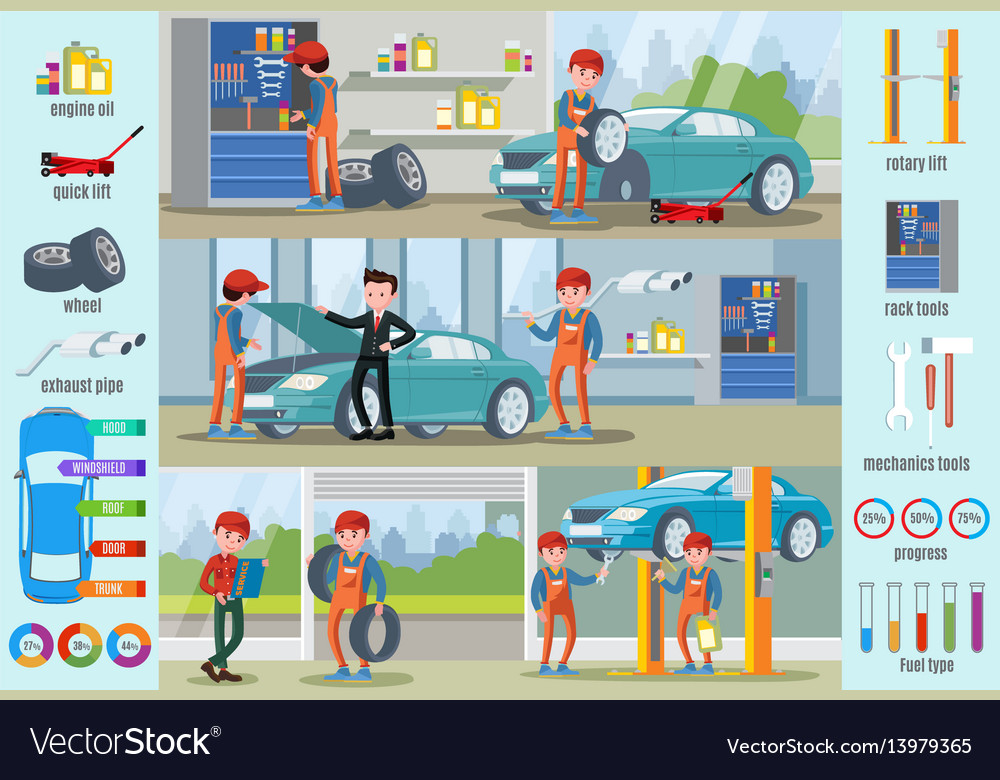Translating Your Auto'S Alert Lighting: Their Real Implications
Translating Your Auto'S Alert Lighting: Their Real Implications
Blog Article
Content By-Vinson Kejser
When you lag the wheel, those beautiful warning lights on your control panel can be a little bit difficult. Do you understand what they're attempting to tell you about your auto's health and wellness? Recognizing the value of these lights is important for your safety and security and the durability of your vehicle. So, the next time one of those lights turns up, would not you intend to understand its message accurately and take the necessary steps to address it?
Common Warning Lights and Interpretations
Recognize usual caution lights in your vehicle and recognize their definitions to ensure risk-free driving.
One of the most regular caution lights consist of the check engine light, which signals problems with the engine or exhausts system. If this light begins, it's important to have your car checked immediately.
The oil stress warning light suggests reduced oil pressure, needing immediate interest to stop engine damages.
A blinking battery light might recommend a defective charging system, potentially leaving you stranded otherwise resolved.
The tire stress tracking system (TPMS) light alerts you to low tire pressure, influencing automobile security and fuel efficiency. Neglecting this can cause hazardous driving problems.
The ABS light indicates a trouble with the anti-lock braking system, compromising your capacity to stop quickly in emergency situations.
Finally, the coolant temperature alerting light warns of engine getting too hot, which can result in severe damage if not settled promptly.
Understanding these common warning lights will certainly help you deal with problems immediately and maintain risk-free driving problems.
Relevance of Prompt Interest
Understanding the typical caution lights in your auto is only the initial step; the relevance of promptly attending to these cautions can't be emphasized sufficient to guarantee your safety and security on the road.
When a caution light brightens on your control panel, it's your automobile's means of interacting a possible concern that needs interest. Disregarding these warnings can cause a lot more serious problems later on, endangering your safety and possibly costing you a lot more in repairs.
Motivate attention to warning lights can protect against break downs and mishaps. For instance, a blinking check engine light could show a misfire that, if left ignored, could create damages to the catalytic converter. Resolving Recommended Webpage can save you from an expensive repair service.
Likewise, a brake system advising light might signal low brake fluid or worn brake pads, essential elements for your security when driving.
DIY Troubleshooting Tips
If you see a caution light on your control panel, there are a couple of DIY fixing ideas you can try prior to seeking expert help.
The very first step is to consult your automobile's manual to recognize what the certain caution light shows. Occasionally the problem can be as basic as a loosened gas cap causing the check engine light. Tightening up the gas cap might fix the issue.
elegant auto detailing is a low battery, which can trigger various alerting lights. Checking the battery connections for corrosion and guaranteeing they're safe could fix the problem.
If a caution light persists, you can try resetting it by separating the cars and truck's battery for a few minutes and afterwards reconnecting it. In addition, checking your lorry's fluid degrees, such as oil, coolant, and brake fluid, can help repair cautioning lights connected to these systems.
Conclusion
Finally, recognizing your cars and truck's caution lights is important for keeping your lorry running smoothly and securely. By promptly addressing these alerts and recognizing what they indicate, you can avoid pricey fixings and possible breakdowns.
Keep in mind to consult your car's guidebook for certain information on each cautioning light and do something about it appropriately to ensure a trouble-free driving experience.
Keep informed, stay risk-free when driving!
